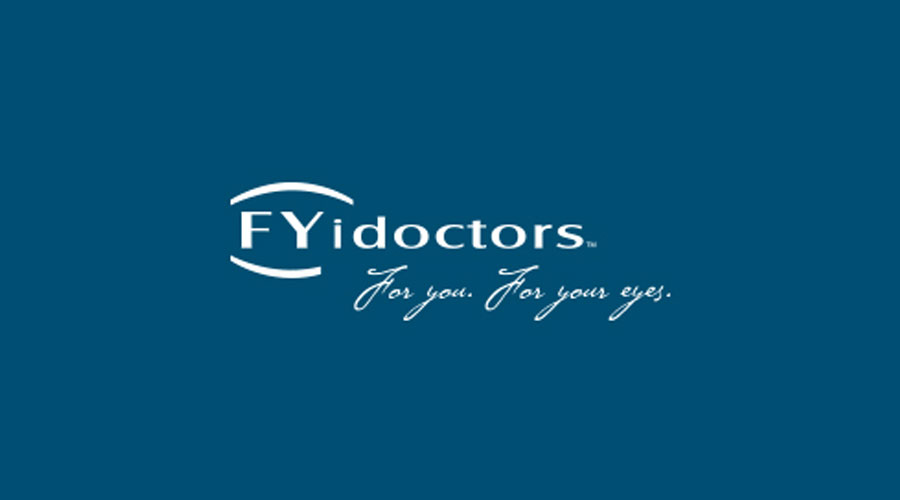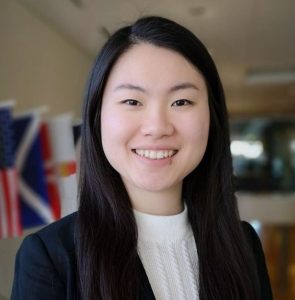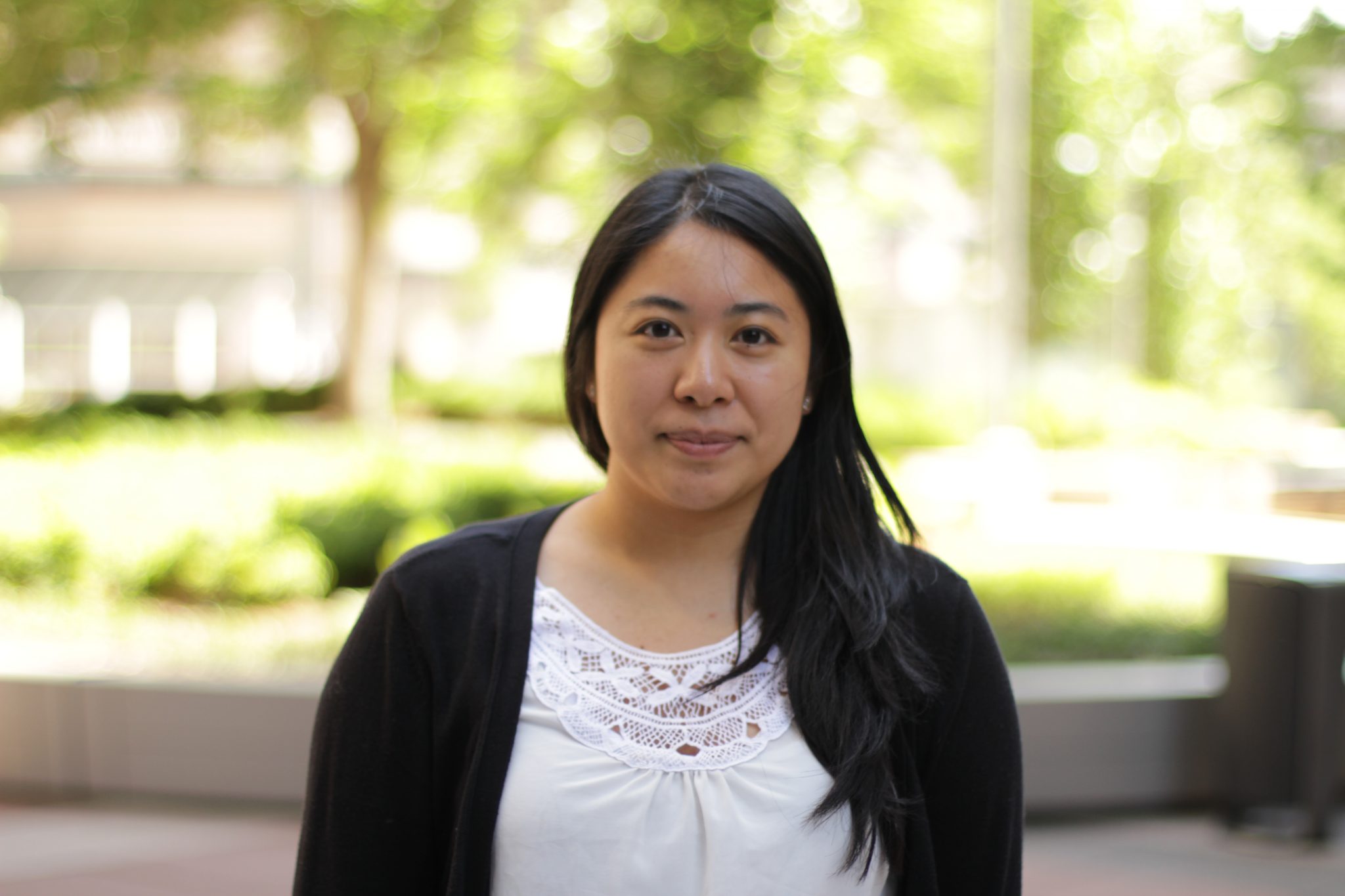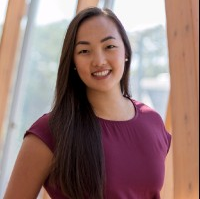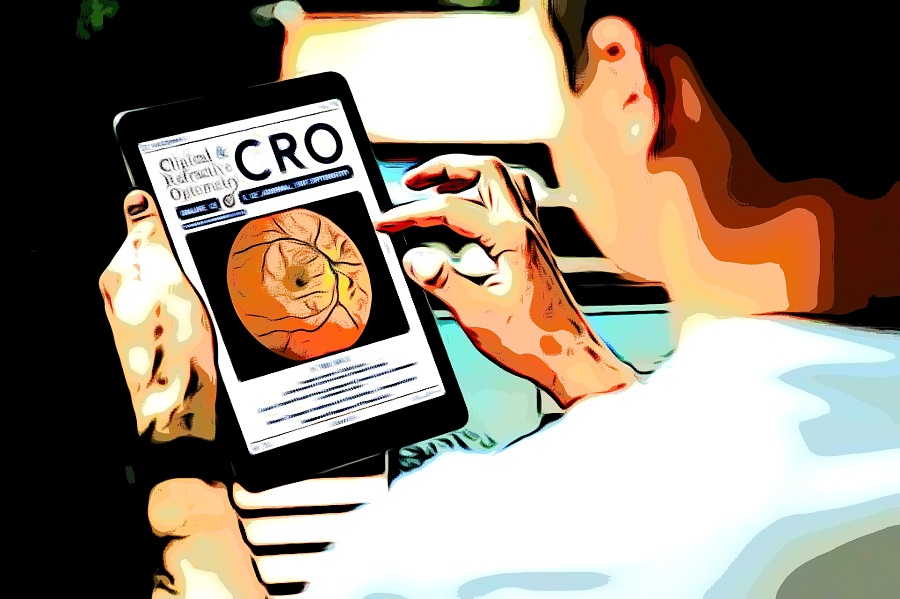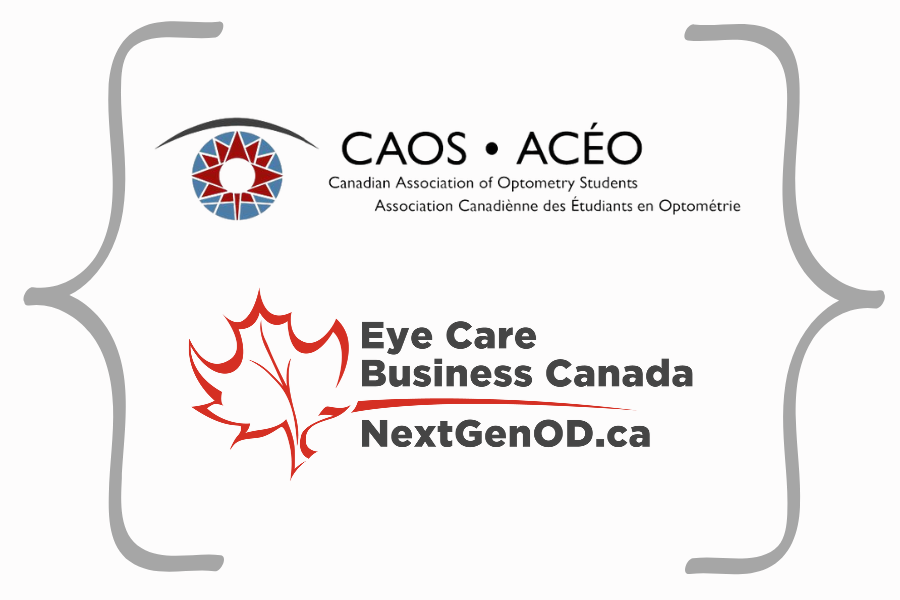
Eyecare Business Canada and NextGen OD are pleased to announce their 2023 Sponsorship to the Canadian Association of Optometry Students (CAOS).
NextGen OD is a digital resource specifically for recent Canadian Optometry grads and Optometry students studying in Canada and in the USA. The site provides resources for Optometry Students and recent OD graduates, including information on career options in all facets of optometric practice.
As students enter their final academic years, progress through internships and externships, and possibly residency and fellowships, a host of options and opportunities lay ahead. NextGen OD provides insights from students making these choices as well the paths of recent grads who are dealing with these important decisions.
The NextGen OD eco-system consists of a website (www.NextGenOD.ca), Facebook page, Instagram, and a Linked In Showcase Page.
APERTURE Magazine Contest Sponsorship and More
A unique aspect of NextGen OD’s sponsorship is to reward winning contributions to CAOS’ online magazine, APERTURE.
Student winners of the APERTURE writing contest will be recognized by publishing the winning entries in Optik Magazine in 2023, reaching over 10,000 Canadian eye care professionals. Additionally $500 of prizes will be provided by the publisher to the winning entrants.
“As a broad spectrum B2B publisher in the eyecare space, identifying the next generation of leading peer influencers is an excellent opportunity to acknowledge the talent that lies within the student cohort and bring their fresh perspectives to the industry at large.” said David Pietrobon, president of VuePoint IDS, which publishes both Eye Care Business Canada and NextGen OD, Optik Magazine and CRO (Clinical & Refractive Optometry) Journal.
In addition to the APERTURE Magazine contest sponsorship, NextGen OD is planning webinars bringing together Canadian students from across North America with various subject matter experts. Plans are also underway to provide peer-reviewed clinical pearls to both students preparing for Board Examinations and recent graduates that require continuing education credits. These will be provided through CRO (Clinical & Refractive Optometry) Journal and CRO Online CE, a division of VuePoint IDS Inc.
.About VuePoint IDS
VuePoint IDS Inc. is a private 100% Canadian-owned media and marketing services company focused on serving the information needs of the eyewear and eye care industry’s professional service providers including optometrists, opticians and affiliated personnel. VuePoint publishes print and digital titles for eye care professionals under the media brands Optik, (CRO) Clinical & Refractive Optometry, Eye Care Business Canada/NextGen OD and co-publishes IMAGINEM Magazine, a multi-lingual global eyewear fashion publication published in 5 languages.
VuePoint also offers services to eye care professionals, including accredited continuing education program development and delivery for Optometry through CRO Online (www.crojournal.com) and for Opticians through OptikConEd (www.optikconed.com).
About Canadian Association of Optometry Students (CAOS)
CAOS represents Canadian Students enrolled in optometry faculties across North America. CAOS has two chapters in Canada, University of Waterloo and Université de Montréal. There are currently nine chapters in US-based optometry schools. CAOS provides optometry students with a unified voice and advocates on behalf of students in shaping the future of optometry in Canada.












